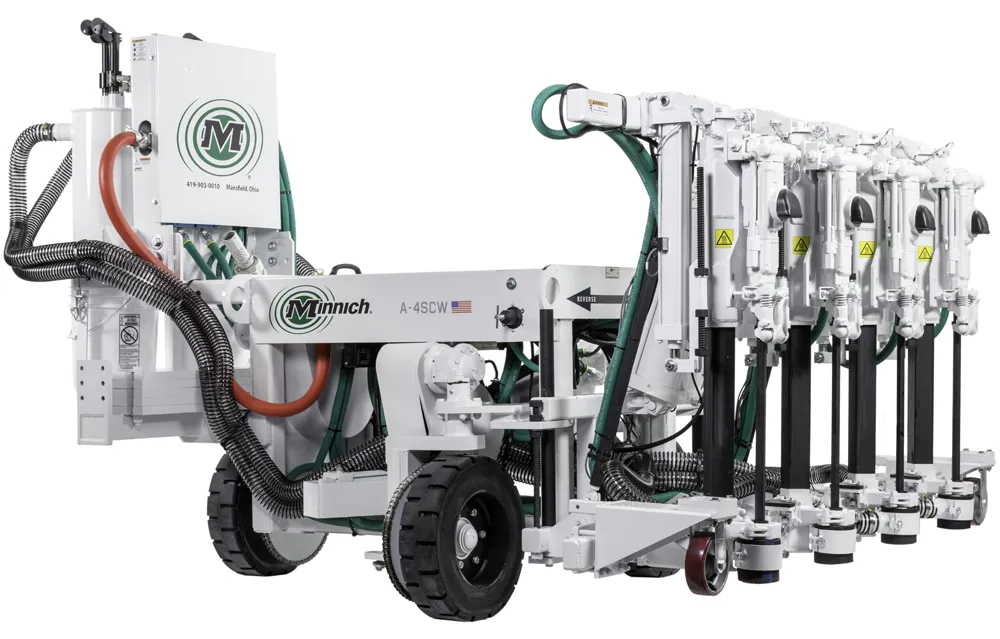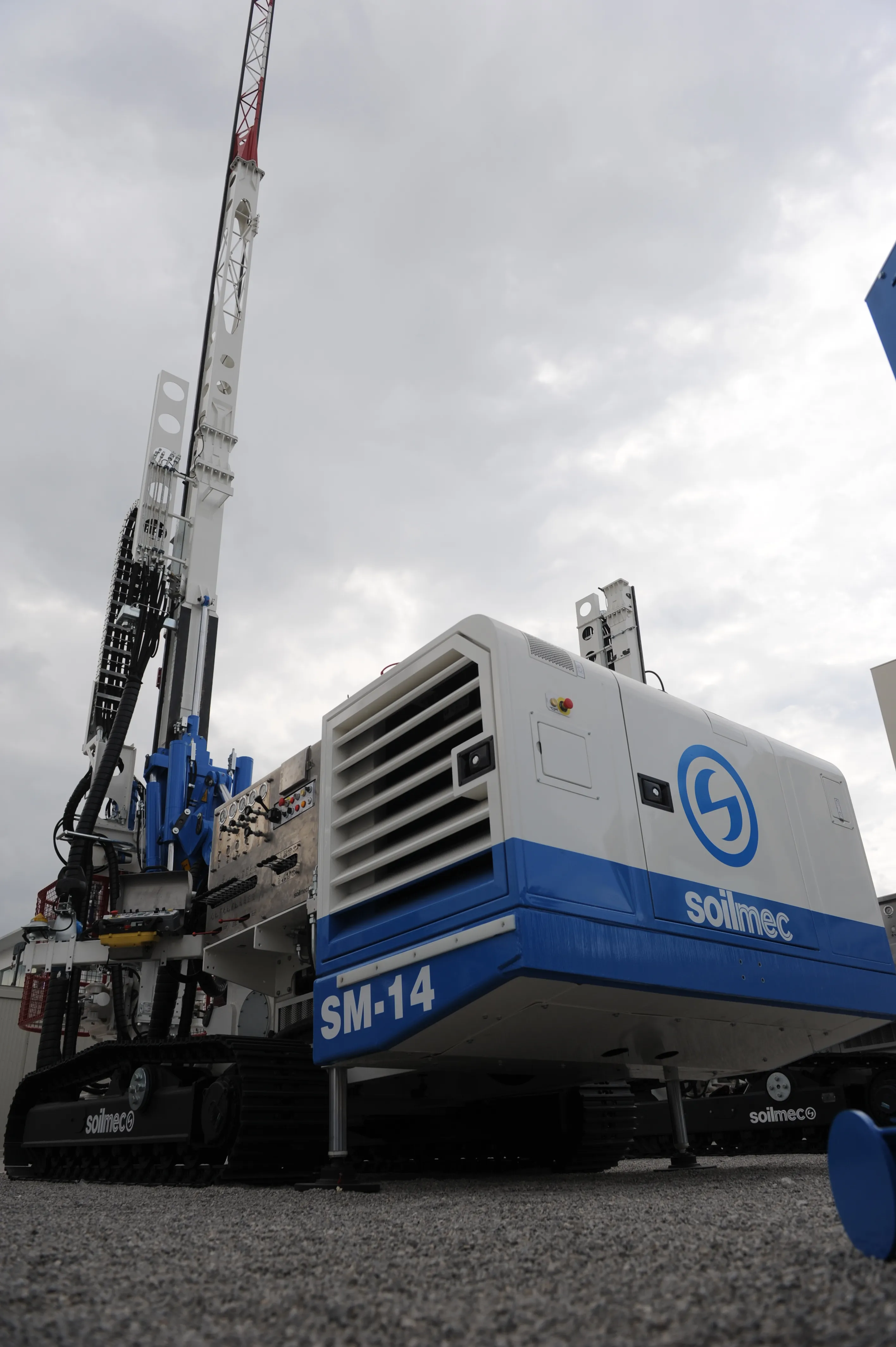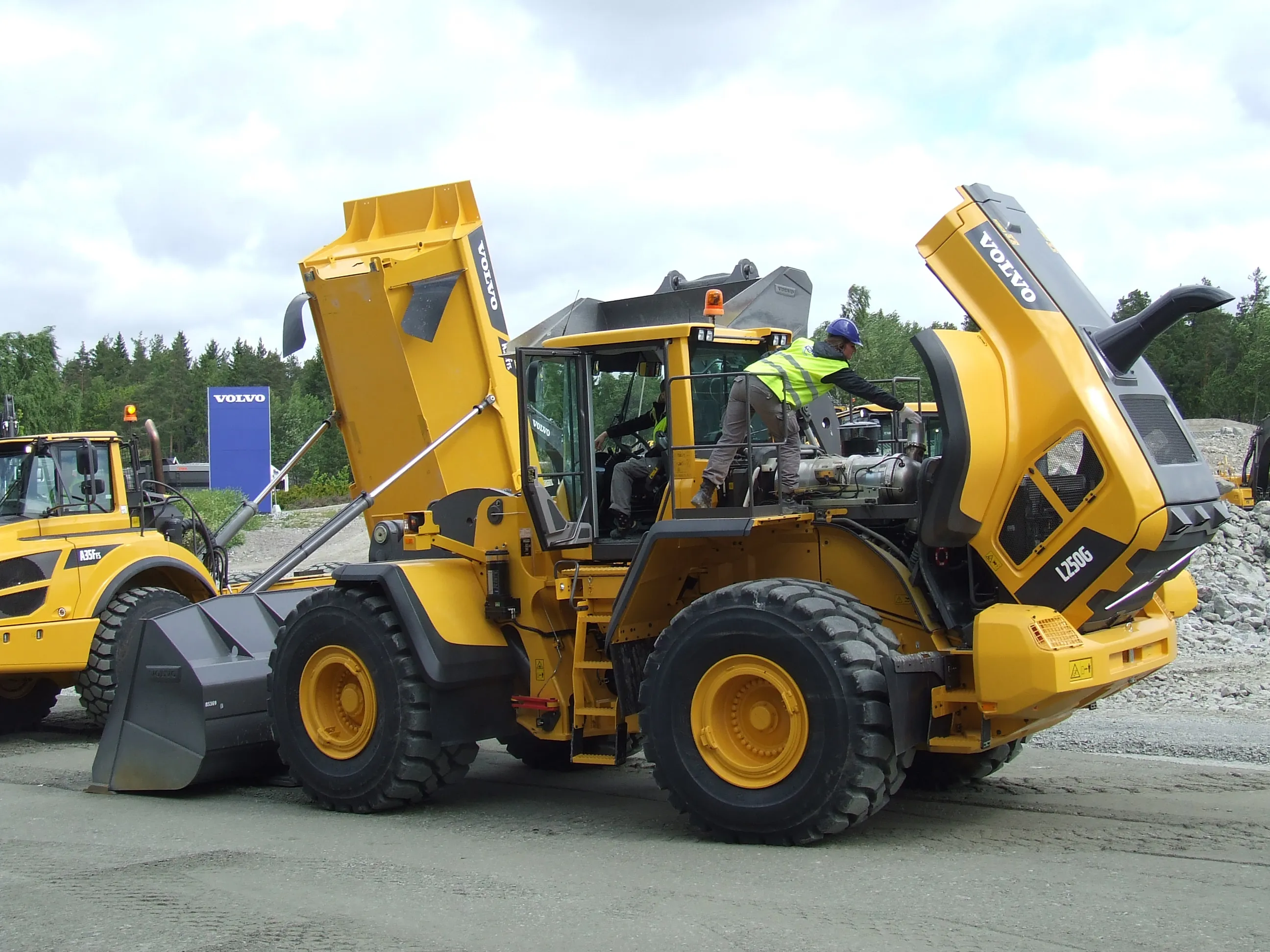Rockmore International’s new line of drill tools is conceived to be a “major breakthrough in improving performance and service life of extension drill tools in surface and underground percussive drilling applications.”
Company engineers have developed XT, a new thread design for the Vector Rod System. This follows intense R&D and monitored field tests in various ground conditions.
Now being launched into the market, the new XT design incorporates “revolutionary new guided cylindrical contact zones bet
January 6, 2017
Read time: 2 mins

Company engineers have developed XT, a new thread design for the Vector Rod System. This follows intense R&D and monitored field tests in various ground conditions.
Now being launched into the market, the new XT design incorporates “revolutionary new guided cylindrical contact zones between the male and female thread joints.” These guided surface features are located in the nose and rear of the thread connections and are said to serve various benefits and improvements over traditional threads.
The XT thread profile is based on the traditional trapezoidal T thread design and is compatible with industry standard thread types such as T38, T45, and T51.
According to Rockmore International in order to achieve the full engineered benefits of the XT thread the drill string must be considered as a system of connections between the shank adapter, rods, and the bit in extension drilling applications. Thus, the XT thread design employed in the Vector Rod System enables many performance and reliability benefits leading to major overall cost savings in the drilling cycle.
For example, Rockmore says in underground mining long-hole and production applications, where up to 30 rod connections are common, hole deviation can be reduced substantially by using Vector Rods.
The Vector Rod System is offered in multiple configurations of button bits, MF rods, and shank adapters, and these drill string components are available in XT38, XT45, XT51, and XT60 thread types.All videos








